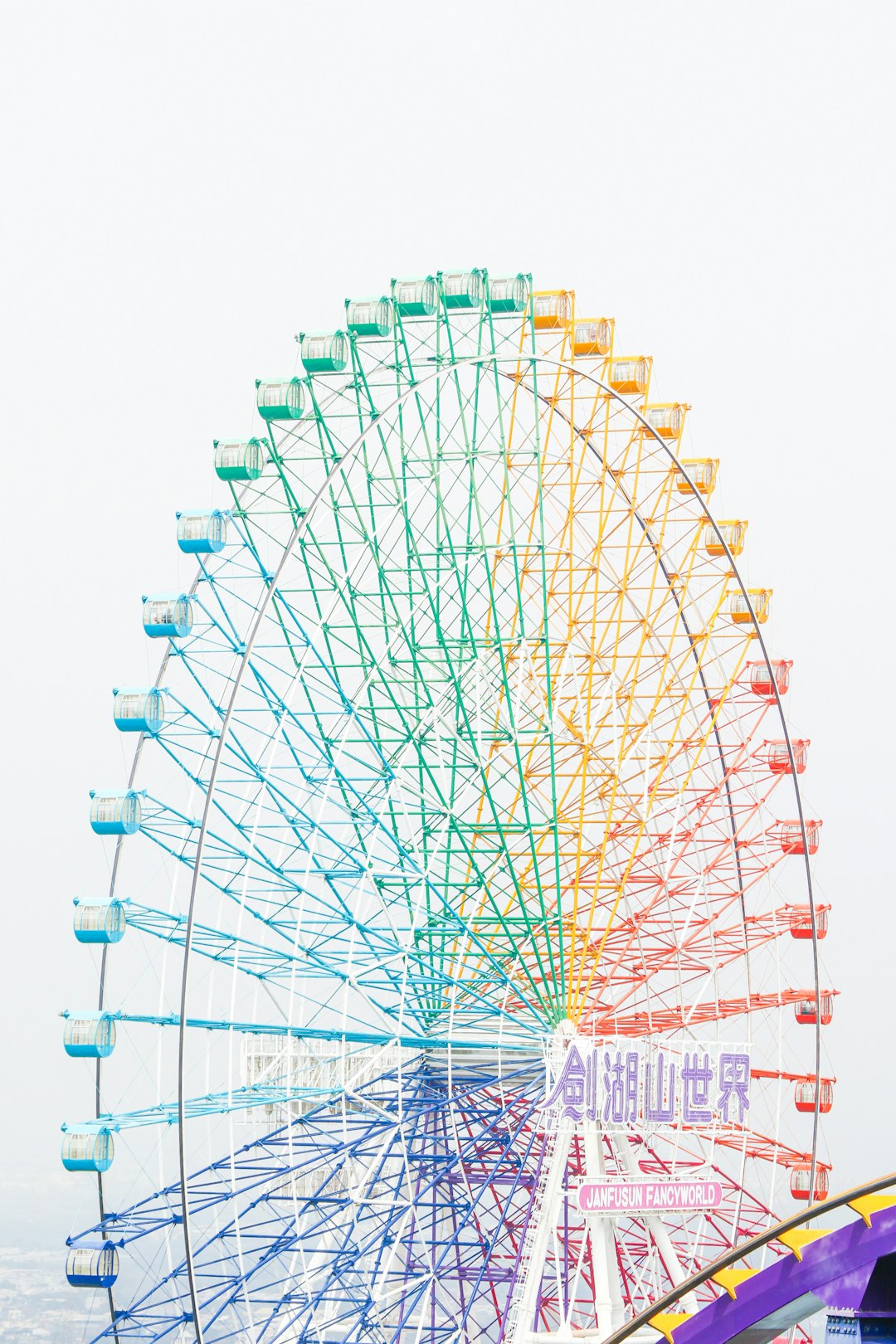In 2011, a video game called Homefront hit the shelves. Created by THQ, it was a war-based, first-person shooter. The game had an intense storyline about a future where North Korea invades the United States. Pretty bold, right?
To promote the game, the company decided to do something just as bold. They planned a stunt in San Francisco involving… balloons.
Yes, actual red balloons.
The Big Plan
THQ had one goal — get people talking about Homefront. So, they teamed up with a PR company to stage a dramatic event. Their big idea? Release thousands of red balloons into the sky during a game promotion event in San Francisco’s Mission District.
They thought the stunt would be symbolic and eye-catching. In the game, red balloons are released as a sign of freedom and resistance. So, why not bring that to life?
Visually, it sounded pretty cool. Imagine a sky filled with bright red balloons. It would grab attention. It would look amazing in photos.
But here’s the twist: It backfired. Big time.

The Problem
There was just one small issue. Balloons don’t disappear after they float away.
Once released, those thousands of red balloons went… well, everywhere. Into trees. Onto rooftops. Into San Francisco Bay. Local media reported it. Environmental groups were not happy. Even ordinary folks were annoyed.
The stunt, once seen as symbolic and artistic, quickly became viewed as a careless marketing mess.
Why It Failed
The intention: Create buzz and connect the game to real-world drama.
The reality: Make a huge mess and anger the public.
There were several reasons the balloon stunt flopped:
- Bad timing: Environmental concerns were already a hot topic in 2011.
- Poor planning: None of the logistics were thought through. No cleanup plan. No local permits.
- Negative press: Instead of getting gamers excited, reporters focused on the pollution.
- Wrong message: A game about invasion and war got linked to a messy PR gimmick. It sent mixed signals.
Instead of showing off how epic the game was, THQ ended up highlighting how tone-deaf their marketing efforts had become.
THQ’s Response
After the backlash, THQ tried to defend itself. They claimed the balloons were biodegradable. They said they didn’t mean to pollute. They even bragged about how cool the stunt looked in videos and photo ops.
But it was too late.
People weren’t impressed. And the whole thing became known as one of the worst PR stunts in gaming history.
The Bigger Picture
So, what can we learn from this balloon fiasco?
- Think before you float. Just because something looks good on camera doesn’t mean it’s a good idea.
- Environment matters. Public stunts need to consider their real-world impact.
- Messages matter too. Your marketing should match your product’s tone and theme.
- Social reaction can crush you. One misstep can overshadow a whole campaign.
The thing is, Homefront wasn’t a bad game. It had cool ideas, interesting gameplay, and a unique story. But thanks to the balloon disaster, most people only remember it for one thing: marketing gone wrong.

Other Memorable Marketing Misses
THQ wasn’t alone. There are many other examples of marketing stunts that flopped. Here are a few:
- Aqua Teen Hunger Force LED Ads (2007): Cartoon Network placed blinking LED signs around Boston. They looked like bombs. Chaos followed. Bad press galore.
- Snapple Giant Popsicle (2005): Snapple tried to set a world record with a huge frozen treat. It melted all over Manhattan. Sticky disaster.
- Kendall Jenner Pepsi Ad (2017): Pepsi made an ad trying to tap into protest culture. It missed the mark and offended many.
- Sunny Delight Tweet (2020): The brand tweeted a weird, clinically-depressed message. People didn’t find it funny.
The lesson? Clever doesn’t always mean smart. Edgy doesn’t always mean effective. And when in doubt, don’t release thousands of balloons into the sky.
What Could Have Worked Better?
Let’s imagine THQ had decided to play it smarter. What would have been a better way to promote Homefront?
- Pop-up war-themed events: Create interactive booths where fans could “defend their city.”
- AR campaigns: Make use of smartphone filters to simulate an “invasion.”
- Social media challenges: Invite fans to show their resistance spirit with custom content.
- Partner with veteran groups: Connect the game with real stories and real-world impact.
All of these ideas would have built excitement without harming the environment — or the brand image.
The Fallout
The balloon stunt ended up being more memorable than the game. THQ’s reputation took a hit. The game didn’t sell as well as expected.
Homefront was supposed to launch a franchise. But the marketing mistake made sure it didn’t get too far. Years later, a sequel called Homefront: The Revolution came out. But even that struggled to escape the shadow of the original balloon nightmare.
Pop Goes the PR!
In the end, the red balloon plan went sideways. It popped — literally and figuratively. THQ tried to float an idea meant to lift the brand, but it crashed instead.
It’s a reminder to every company out there: A cool idea still needs common sense.
Think big. But think smart.

Final Thoughts
The Homefront balloon stunt is now a case study in what not to do. It shows how public reaction can make or break a campaign. And it proves that even with creativity and budget, a lack of foresight can ruin everything.
So, next time you’re crafting a marketing plan, ask yourself:
- Does it make sense?
- Is it respectful?
- Could it cause trouble?
It only takes a few floating balloons to deflate a whole campaign.